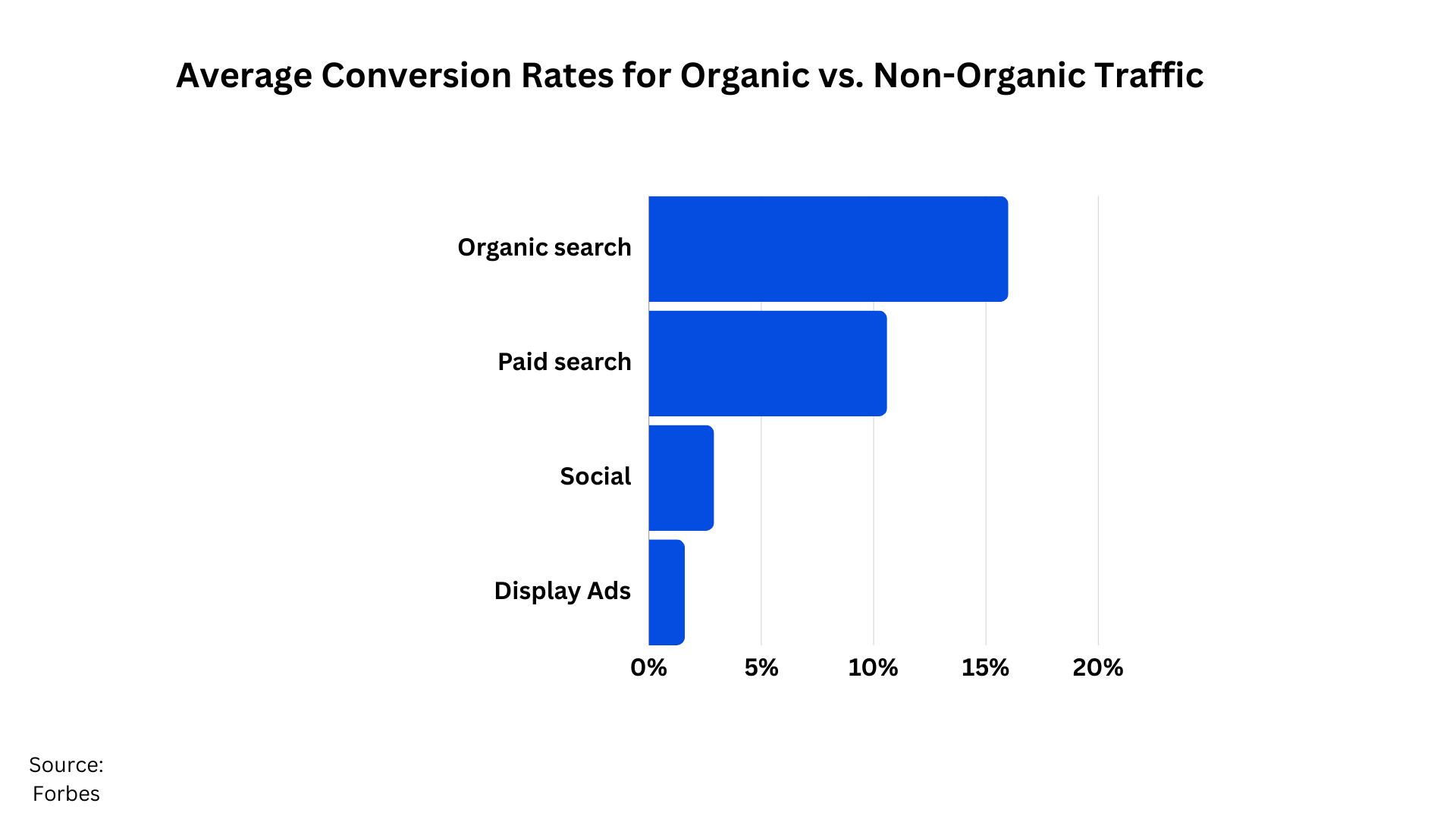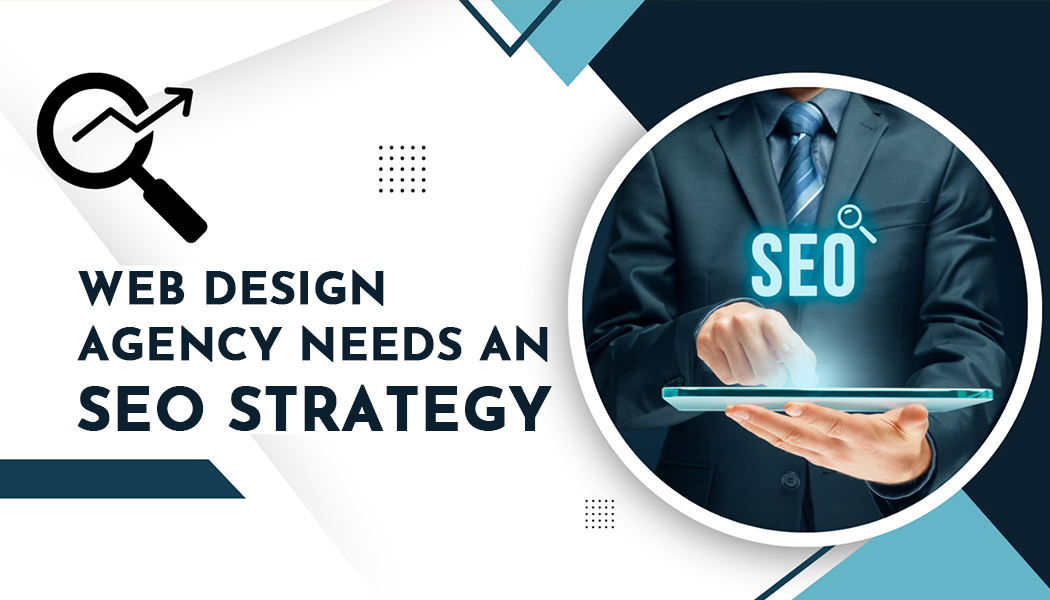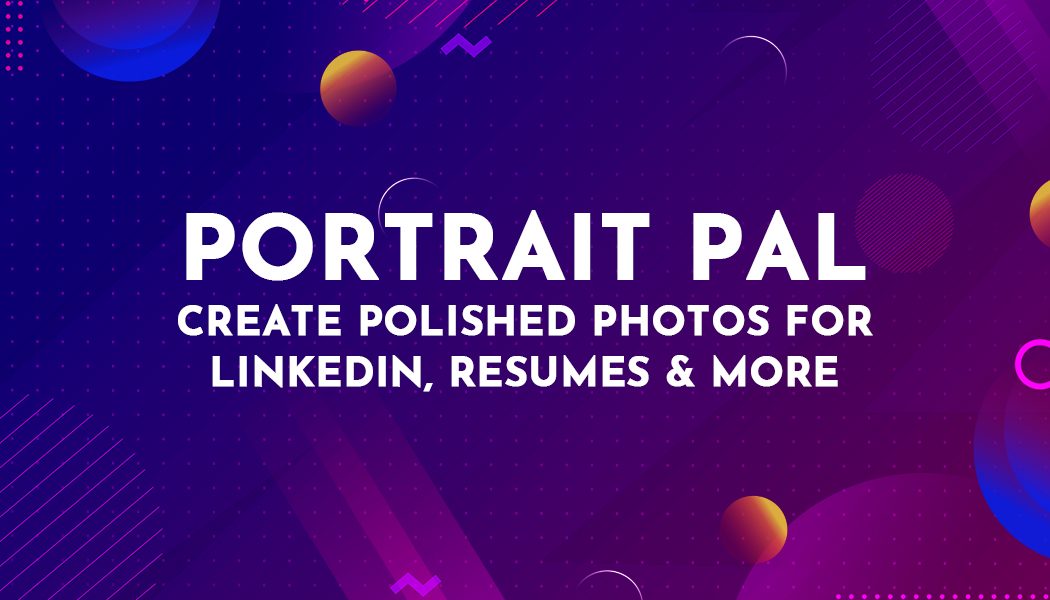Why Every Web Design Agency Needs an SEO Strategy
In today's digital world, where competition is fierce and consumers have an abundance of choices, web design agencies must go beyond merely creating visually appealing websites. The success of a website hinges on its ability to attract and keep visitors. That's where search engine optimization (SEO) comes in. An effective SEO strategy is no longer optional. It's now a fundamental need for web design agencies. They need it to thrive in the ever-changing digital realm.
By prioritizing SEO, web design agencies can ensure that their clients' websites are not only aesthetically pleasing but also highly visible, user-friendly, and optimized for search engine algorithms. This whole approach leads to more organic traffic. It also leads to better user experiences and, in the end, a higher return on investment for clients.
Integrating SEO in Web Design
Web design and SEO are two sides of the same coin, linked in their pursuit of creating websites that captivate and engage users. A huge 94% of first impressions are about a website's design. This shows the key role of web design in user engagement and SEO. Also, 57% of internet users say they won't recommend a business with a designed website. This shows the importance of user-friendly design for SEO success.
To ensure a smooth integration, SEO must be considered from the start of web development. This includes factors such as:
- Site structure and architecture: A well-organized hierarchy with logical navigation and internal linking improves crawlability and user experience.
- Mobile responsiveness: With over half of internet traffic originating from mobile devices, responsive design is essential for users and search engines.
- Page speed optimization: Slow-loading websites frustrate users and negatively impact search rankings. Optimizing page speed is crucial for providing an optimal user experience.
By addressing these SEO elements during the design phase, web design agencies can create websites that not only look great but also perform exceptionally well in search engine rankings.
Boosting Visibility and Organic Traffic
One main goal of an SEO strategy is to boost a site's visibility on search engines. This, in turn, leads to a significant boost in organic traffic, which can be a game-changer for businesses in today's digital landscape.
The numbers speak for themselves. 96.55% of all pages in index get zero traffic from Google, and 1.94% get between one and ten monthly visits. This shows how important high search engine rankings are for driving organic traffic.
By using SEO best practices, like keyword research, content optimization, and link building, web design agencies can greatly boost their clients' website rankings and organic traffic. This includes:
- Keyword integration: Strategically placing relevant keywords in titles, headings, meta descriptions, and content to signal relevance to search engines.
- Content optimization: Creating high-quality, informative, and engaging content that addresses user queries and demonstrates expertise.
- Link building: Earning authoritative backlinks from reputable sources to boost domain authority and credibility. For agencies with limited resources, the option to outsource link building can be a viable solution.
Enhanced User Experience through SEO Techniques
While SEO is often associated with improving search engine visibility, its impact extends far beyond that. Adding SEO techniques to web design improves the user experience. This is critical for both search engines and human visitors.
Site speed, for instance, plays a pivotal role in user satisfaction. 53% of mobile users abandon slow sites. The limit is three seconds. This shows the impact of site speed on user experience and SEO. Faster page load times create a smooth browsing experience. They keep users engaged and please search engines. Web design agencies can make this happen.
Navigation and usability are equally crucial. Bad site experiences make 88% of online consumers less likely to return. This shows the importance of easy navigation and usability for users and search engines. Implementing SEO best practices helps. These practices include logical site structure, descriptive URLs, and intuitive menus. They not only improve search engine crawlability but also enhance the user journey.
Long-Term Growth and Sustainability
Some digital marketing tactics may bring short-term gains. But, using an SEO strategy ensures long-term growth and sustainability. It does so for web design agencies and their clients. Organic search drives 53% of all website traffic. This shows the long-term sustainability and growth potential of SEO.
Also, SEO leads have a 14.6% close rate. In contrast, outbound leads (like direct mail or print ads) have a 1.7% close rate. This difference shows the higher conversion potential of organic traffic. By driving qualified traffic to their client's websites, web design agencies can build long-lasting relationships. They can also generate recurring revenue.
Also, 61% of marketers say their top inbound marketing priority is improving SEO and growing their organic presence. This shows the lasting value of SEO for sustainable growth. Search algorithms and consumer behaviors are changing. Businesses must keep an SEO-friendly website. This is needed to stay competitive and relevant in their markets.

Demonstrating Expertise and Value to Clients
By adding SEO to their services, web design agencies can show their expertise. They can also give much value to clients. Today, 90% of searchers are undecided about a brand before they start their search. This shows the chance for agencies to shape perception. They can do it with SEO-optimized content and design.
Also, 81% of people do online research before large purchases. This shows the impact of online content on consumer choices. By showing their SEO abilities, web design agencies can position themselves as trusted partners. They will guide clients through the complex world of search engine optimization and digital marketing.
Also, businesses that blog get 55% more website visitors. This shows the value of content marketing and SEO in driving traffic and engagement. They can do this by offering full SEO services and web design. This will set them apart from rivals and give clients a complete solution. It leads to measurable results.
Addressing Common Challenges and Misconceptions
Despite the huge benefits of adding SEO to web design, some agencies may face challenges or have misconceptions about it. However, these obstacles can be overcome with the right strategies and education.
One common challenge is the perception that SEO is a complex and ever-changing landscape, requiring constant vigilance and expertise. This is true to an extent. But, 61% of marketers say their top inbound marketing priority is improving SEO and growing their organic presence. This highlights the widespread recognition of SEO's importance despite challenges.
Also, 82% of marketers say SEO is getting more effective. This shows a growing recognition of SEO's value. By educating themselves and their clients on the significance of SEO, web design agencies can overcome these challenges and position themselves as leaders in the digital marketing landscape.
Conclusion
The digital landscape is always changing. Web design agencies that don't focus on SEO risk falling behind their competitors. By using a good SEO strategy, agencies can create websites. These sites captivate users visually and rank highly in search results. They also drive organic traffic and provide a great user experience.
Combining web design and SEO has many benefits. It enhances visibility and traffic. It also shows expertise and value to clients. They can do this by addressing common challenges and fixing misconceptions. Doing so can help web design agencies to position themselves as industry leaders. They can offer a full solution that drives measurable results for their clients.
Frequently Asked Questions
1. How do I determine the right keywords for my SEO strategy?
Conduct thorough keyword research. Start by finding seed keywords. Use keyword tools. Also, look at competitors' keywords. Give priority to keywords with high search volume, low competition, and relevance to your audience and services.
2. How can I measure the success of my SEO efforts?
Track key metrics. These include organic traffic, keyword rankings, conversion rates, backlink profiles, bounce rate, and dwell time. Monitor these KPIs over time and make data-driven adjustments to optimize your strategy.
3. How can I convince clients to invest in SEO?
Share industry statistics and case studies that demonstrate SEO's impact on traffic, conversions, and growth. Highlight the long-term, sustainable benefits of paid advertising. Offer detailed reports showcasing measurable results.




